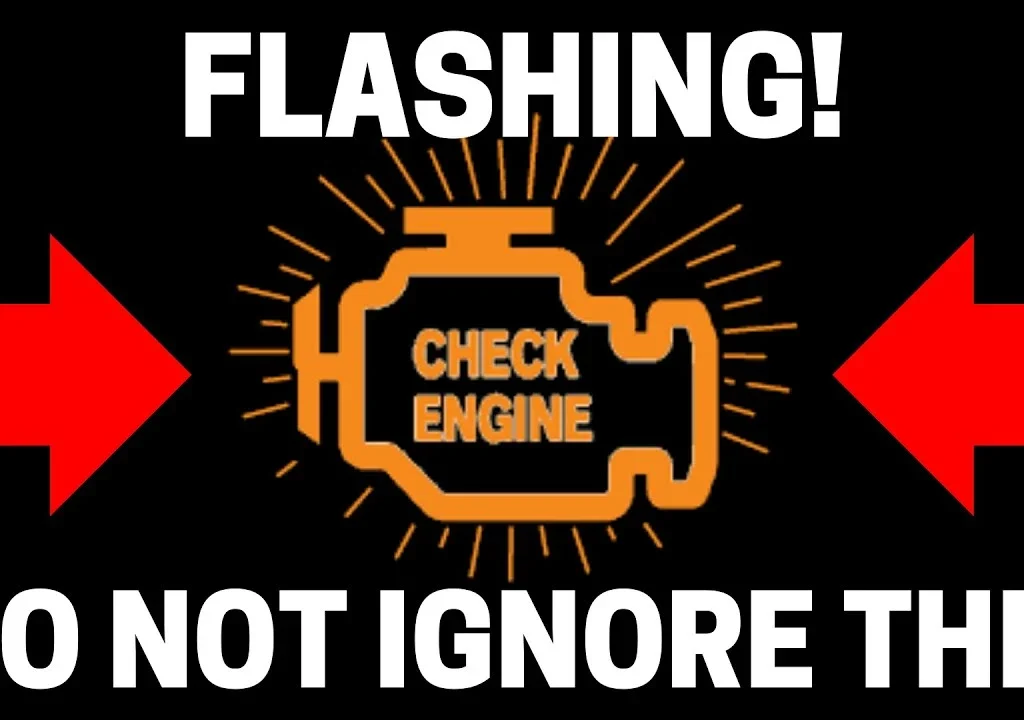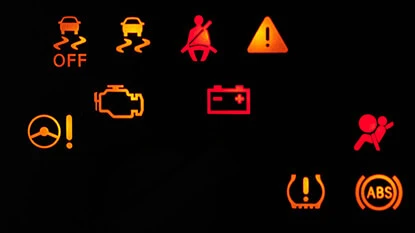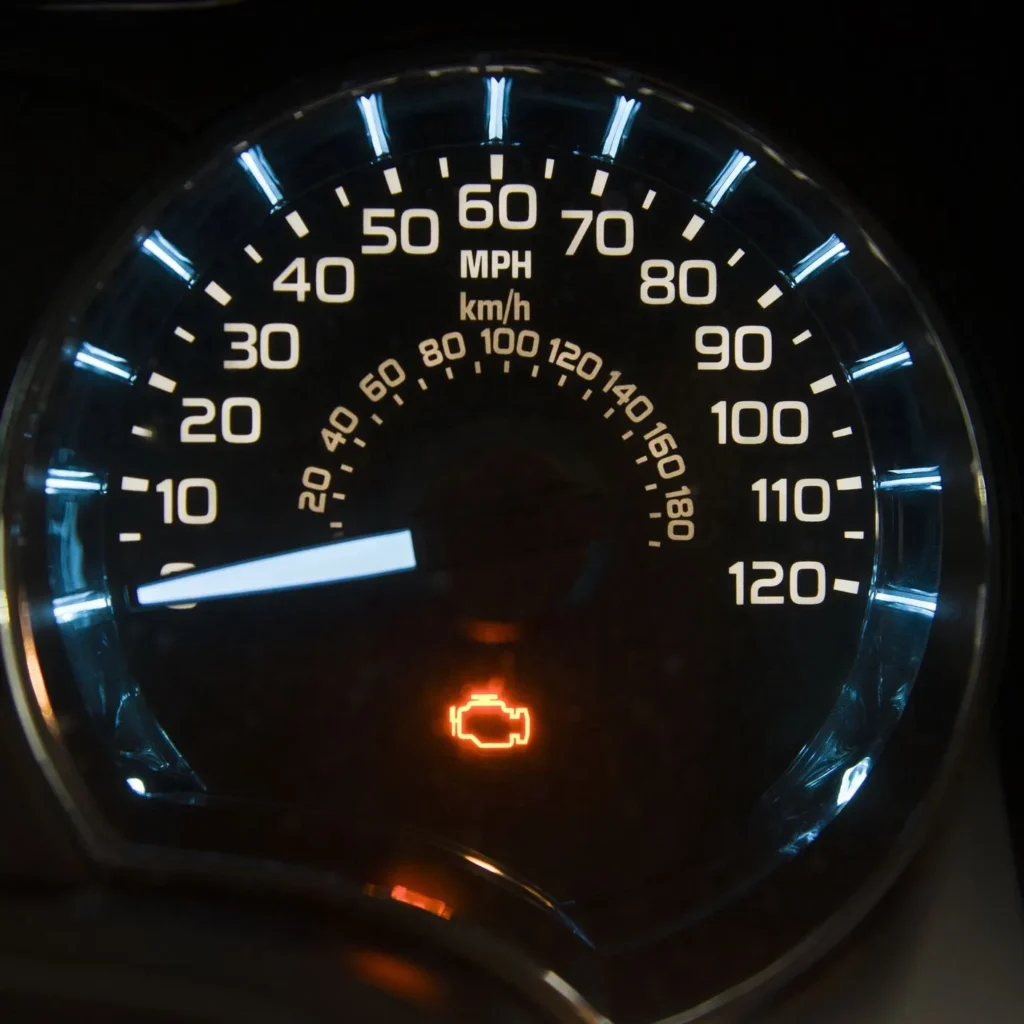The Check Engine Light Flashing (CELF) is the vehicle’s silent communicator, alerting drivers to potential issues within the engine. Understanding the CEL goes beyond recognizing its presence; it involves decoding the messages it conveys and taking

Understanding the Check Engine Light Flashing
When the CEL illuminates, it’s a sign that the vehicle’s onboard computer has detected a problem. This could range from minor issues to more critical malfunctions, emphasizing the need for a comprehensive understanding of what triggers the CEL and the various problems it can indicate.
Decoding the Check Engine Light Flashing
A flashing CEL is an urgent signal demanding immediate attention. This section explores the significance of a flashing CEL and outlines the essential steps drivers should take when faced with this critical warning.
Common Reasons for a Check Engine Light Flashing
Delving into specific issues, this section discusses common reasons behind a flashing CEL, such as engine misfires, catalytic converter malfunctions, and oxygen sensor problems. A detailed insight into each problem helps drivers identify potential issues quickly.
DIY Checks for a Check Engine Light Flashing
Empowering drivers with proactive measures, this section provides a guide on simple DIY checks. From inspecting the gas cap to assessing spark plugs and the air intake system, these steps aid in identifying and addressing minor issues.
When to Seek Professional Help
Despite DIY efforts, certain warning signs require professional intervention. This section delineates when drivers should seek immediate help, emphasizing the importance of professional diagnostics in resolving complex problems.
Insights into Diagnostic Tools
Equipping readers with knowledge about OBD-II scanners and diagnostic tools, this section guides them in using these devices effectively. Additionally, understanding how to interpret the retrieved data is crucial for pinpointing the root cause of the Check Engine Light.

Interpreting Error Codes
Exploring the alphanumeric codes associated with CEL issues, this section provides insights into interpreting these codes. Additionally, it directs readers to online resources for further clarification and detailed explanations.
Solutions for Common Check Engine Light Flashing Issues
Addressing specific problems highlighted by the CEL, this section offers solutions for misfiring engines, catalytic converter malfunctions, and faulty oxygen sensors. Practical advice aids drivers in resolving these issues efficiently.
Preventive Measures to Avoid CEL Issues
Prevention is key, and this section outlines preventive measures such as regular vehicle maintenance, using quality fuel and additives, and timely repairs. These practices contribute to a healthier engine and fewer CEL activations.
Real-life Driver Experiences

Sharing real-life anecdotes from drivers who’ve dealt with CEL issues adds a human touch to the article. Readers can glean insights and lessons from these experiences, making the content relatable.
Environmental Impact of CEL Problems
Connecting the dots between vehicle emissions and environmental issues, this section delves into the role of prompt CEL resolutions in reducing pollution. Furthermore, emphasizing the responsibility of drivers in environmental conservation adds a broader perspective to the discussion.
The Future of Engine Diagnostics
Looking ahead, this section delves into advancements in onboard diagnostics and potential innovations for detecting and resolving engine issues. Offering a glimpse into the future, it highlights the evolving landscape of engine diagnostics.
Conclusion
In conclusion, the article highlights the critical importance of promptly addressing a flashing Check Engine Light (CEL). Transitioning seamlessly, it underscores the significance of proactive vehicle maintenance, urging drivers to take immediate responsibility for diagnostics and repairs. By prioritizing swift action, individuals can prevent minor issues from escalating. And ensure the longevity and efficiency of their vehicles. In essence, the overarching message is clear: proactive care, coupled with timely responses, is key to maintaining a healthy and reliable vehicle.
Frequently Asked Questions
- What should I do if my Check Engine Light Flashing?
- A flashing Check Engine Light indicates a severe issue. Immediately reduce speed, avoid heavy acceleration, and seek professional help promptly.
- Can I ignore a flashing Check Engine Light if my car seems to be running fine?
- Ignoring a flashing CEL is not advisable. Even if the vehicle seems to run fine, the issue may escalate rapidly, leading to more significant problems.
- Are DIY checks enough to resolve Check Engine Light Flashing issues?
- DIY checks are helpful for minor issues, but for complex problems or flashing CEL scenarios, it’s crucial to seek professional assistance.
- How often should I use diagnostic tools for my vehicle?
- Regular use of diagnostic tools during routine maintenance checks can help identify potential issues early, preventing major problems down the road.
- Is there a connection between Check Engine Light problems and environmental impact?
- Yes, unresolved engine issues indicated by the CEL can contribute to increased vehicle emissions, negatively impacting the environment.
